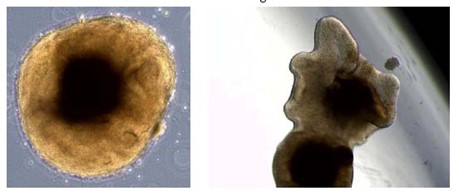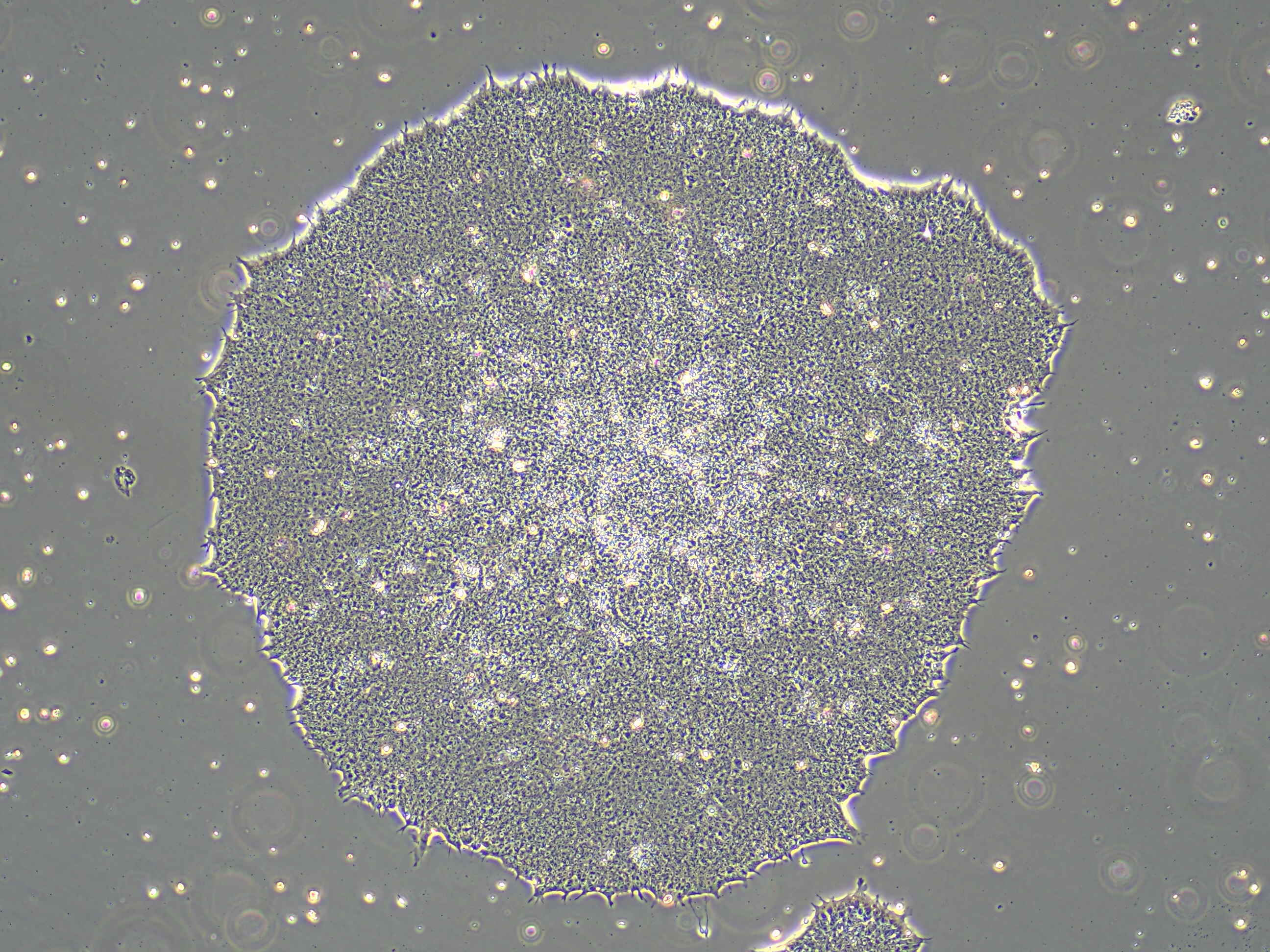Academy of Excellence "Space, Environment, Risk and Resilience"
Unraveling the impact of endocrine disruptors on human brain development
How do endocrine disruptors alter human brain development and contribute to the pathophysiology of neurodevelopmental disorders?

Academy 3 highlight
Current human activities are increasingly unbalancing the environment and multiplying the sources of exposure to endocrine disruptors (EDs) that are difficult to control. Understanding their effects on human brain development and their implication in neurodevelopmental disorders is essential for future policymaking and for preventing the “risks of EDs to human health and ecosystems in the context of "One Health".”
The project
By culturing and differentiating human pluripotent stem cells (iPSCs) in three dimensions, the team has successfully generated "cerebral organoids" that reproduce the organization and complex multicellular interactions of the brain cortex, the center of "higher cerebral functions" in humans (reasoning, decision-making, emotions, memory, attention). These functions are often impaired in behavioral disorders.
This model allows to study the effect of various ED, either individually or in cocktail, at different doses, on the formation of the fetal brain during pregnancy and the subsequent development of NDD. This study demonstrates that exposure to bisphenol A alters cerebral organoids development and induces disorganization of brain structure, demonstrating the harmful effects of this molecule on human neurodevelopment.
By understanding the effects of ED on human brain organoids, this project aims to provide reliable and robust scientific data on the effect of these molecules on children’s mental health. This work is intended to ensure better regulation of the use of these pollutants and guide the industrial design of the daily products that contain them. The project targets not only industry stakeholders but also civil society, which needs to be aware of the scientific evidence regarding the dangers and toxicity of these pollutants that the project will uncover.

The +
The project proposes a reliable and replicable model: human brain organoids and an unprecedented study of the "cocktail effect" of pollutants and endocrine disruptors.
What’s next?
Funding has been requested from ANSES to continue the project. Phase one has been successfully completed and phase two is currently underway. A doctoral project in Molecular and Cellular Interactions (“Role of interleukin 6 in human neurodevelopment: implication in autism spectrum disorders,” by Guillaume Cinquanta) is also in progress.
Project information
|
Scientific domain
Biology, Health Risks |
Key words Endocrine Disruptors Human neurodevelopment Organoids One Health Neurodevelopmental disorders |
|
Total budget
96,989, including €12,989 from Academy 3
|
Students involved Guillaume Cinquanta (PhD) |
| Partners Microbiota, Immunity and Neurodevelopment (MINDev), IPMC - Université Côte d’Azur, CNRS, Inserm |
Project members Olfa Khalfallah Laetitia Davidovic |

Olfa Khalfallah
IPMC - Université Côte d’Azur, CNRS, Inserm

















